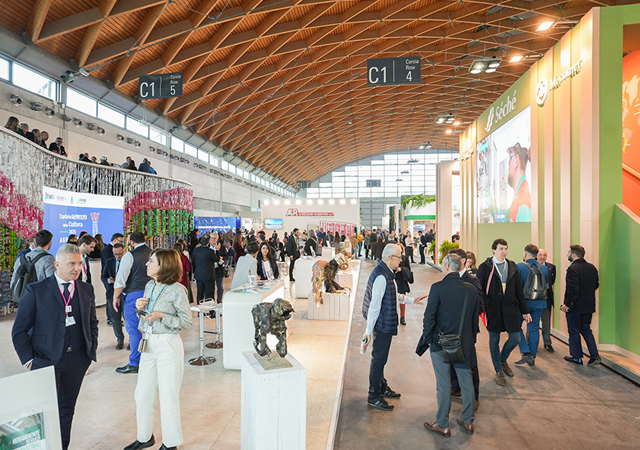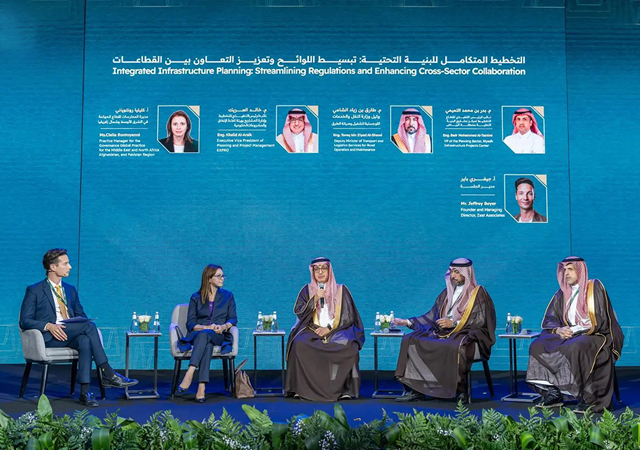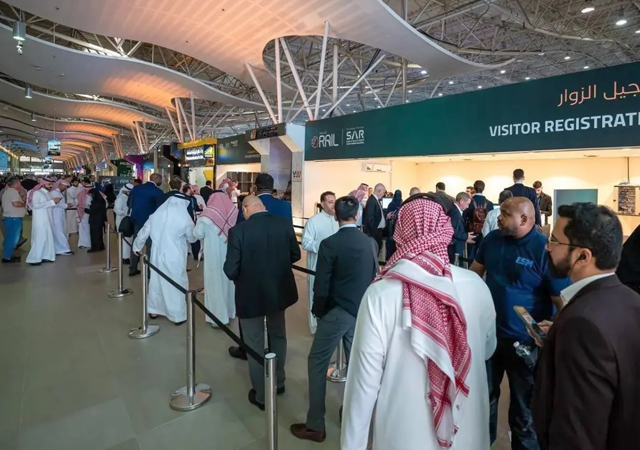 Burj Dubai’s lobby area ... a SOM concept
Burj Dubai’s lobby area ... a SOM concept
CREATING the interiors of the world’s tallest tower can be a tall order indeed: The teams behind designing and fitting out the Burj Dubai have had to bear in mind not just the tower’s pre-eminent international standing but the need to be unique, luxurious, functional and safe.
This apart, sourcing materials and executing the interior finishing at the highly prestigious development posed a number of challenges to the companies involved with the fit-outs, in terms of finishing the job within the allocated time, the logistics, the size of the project and its complexity.
The two main fit-out companies working on the project are Fino International, which is working on three packages — namely Armani Hotel and Apartments, Armani Hotel public areas and the Emaar executive and chairman’s offices; and Depa, which is doing the fit-out for 902 luxury apartments between the 12th and 117th floors on the middle tiers, above the Armani hotel and below the office space on the top section.
Commenting on the company’s scope of work under the first two packages, Talal Saeed, managing partner, Fino International, says: “Armani hotel comprises 160 guestrooms on levels 5 to 8, 38 and 39, as well as 144 hotel apartments on levels 9 to 16. Giorgio Armani himself was involved in the design of the hotel interiors. Most of the material and finishes used in the project were also hand-picked by Armani. As with the hotel and apartments, the public areas, on levels B2, B1, concourse, ground and levels 1 to 3, were also designed by Armani.”
Finishing materials used in the hotel and apartments include fabric panels, leather, Venetian plaster, marble and granite, woven vinyl, solid wood parquet flooring and decorative acoustic ceilings.
“Many of the base building materials used on this project were specified out of the US by the consultants Skidmore, Owings and Merrill (SOM), and Fino International shipped in more than hundred 40-ft containers of drywall partitioning, waterproofing and acoustic flooring specific for this project,” he says.
The third package awarded to Fino includes the complete fit-out of the Emaar executive offices, which comprises the chairman’s office on levels 152 to 154.
Other levels in this package include levels 112 to 121 and 139 to 143.
“The materials specified for this package are also mainly from the US and as a result we had to import many products from there. The most challenging aspect of this project is a 15-m-high suspended staircase from levels 152 to 154 with marble treads and curved glass enclosure,” he adds.
Conceptualised by the Chicago-based SOM team led by Nada Andric, the interior design of Burj Dubai complements the external architecture of the tower.
The design presents an aesthetic confluence of the best of the architectural and interior design influences from around the world and the region, according to Andric, associate director with SOM.
While designing, Andric worked to attain two main objectives – to recognise and acknowledge the building’s height, its structural and architectural rationale and challenges, and to appreciate the location and region’s heritage, history and culture.
Andric explains: “Burj Dubai’s interiors are mindful of the building’s prominent international address and its true purpose as home to a number of residents, while being inspired by the fascinating local culture and the challenge of enhancing the value of a global landmark.
“This unique approach is reflected in all aspects, from careful planning of all the public areas, the subliminal reference to free-flowing Arabic script, colours and materials to the implementation with an aim to showcase global technology and human achievement.”
“For the interiors, the highly edited colour and material palette is inspired by the region’s fine sand and the tradition of pearl harvesting, which are offset by the indigenous dark hues of wood. The layouts for the common areas of the tower have been inspired by cursive Arabic writing as rooms flow elegantly in an intelligent interplay of light and shadow,” she adds.
Apart from glass, stainless steel and polished dark stones, the interiors of Burj Dubai feature Silver Travertine flooring, Venetian stucco walls, handmade rugs, stone flooring and dark, intricate Brazilian Santos rosewood to reflect shelter, comfort, and restrained luxury. Surfaces on the upper floors will be advanced in finishes of silver metallic lacquers to provide a sense of brightness and enlightenment.
More than 1,000 commissioned local and international fine art pieces have been thoughtfully integrated and complete the atmosphere of ultimate refinement.
These include World Voices by the internationally-renowned artist Jaume Plensa placed in the tower’s residential lobby.
Plensa’s masterpiece in titanium and alloy was hand-picked by Emaar chairman Mohamed Alabbar following a year-long selection process led by SOM.
World Voices is composed of 196 cymbals that represent the 196 countries of the world – symbolic of Burj Dubai being a collaboration of people from across the globe and befitting its global iconic status. Cast in bronze and brass alloy and plated with 18-carat gold, the cymbals are horizontally suspended onto titanium rods anchored at the bottom of two pools, symbolising reeds in a lake. Finished by hand, the cymbals create a distinct timbre as they are struck by dripping water, which the artist compared to the sound of water falling on leaves.
In his proposal for World Voices, Plensa wrote: “The residential lobby area of Burj Dubai will be a meeting place of diverse cultures and nationalities – a metaphor of the diversity of our global society…World Voices is homage to this diversity and a celebration of life.”
During the artist’s recent visit to the site, he said: “Burj Dubai is a body and a house; my piece is at the entrance of the house and creates a soul inside the body.”
Andric elaborates: “World Voices captures the international optimism and inclusiveness of Burj Dubai and is intimately connected with Dubai and the region. The sound of water is pervasive in the Middle East, where fountains are typical ornaments in the courtyards of traditional houses. The flower-like architectural vernacular of Burj Dubai is recreated by the reeds that hold up the installation’s cymbals and their gentle movement and delicacy makes a fascinating contrast with the geometric vastness of the tower.”
Speaking on the art focus for the tower, Alabbar said “Art is central to the Burj Dubai project, not only as a visual statement but as a means to link cultures and communities. Thousands of people from around the world have collaborated to achieve an iconic landmark, the world’s tallest building. By assembling one of the world’s largest collections of art and sculpture from leading Middle East and international artists, we are celebrating their endeavour and the global significance of Burj Dubai.”
The 1,000 art pieces include a wide range of contemporary artists as well as museum-standard historic art recognising the Gulf’s unique heritage, according to George Efstathiou, managing partner for SOM leading the Burj Dubai team.
Standing at more than 800 m, Burj Dubai is at the centre of Downtown Burj Dubai, a 500-acre mega project described as the new heart of the city of Dubai.



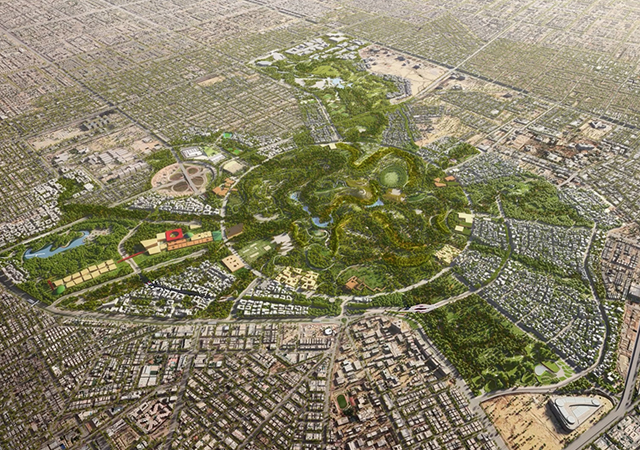
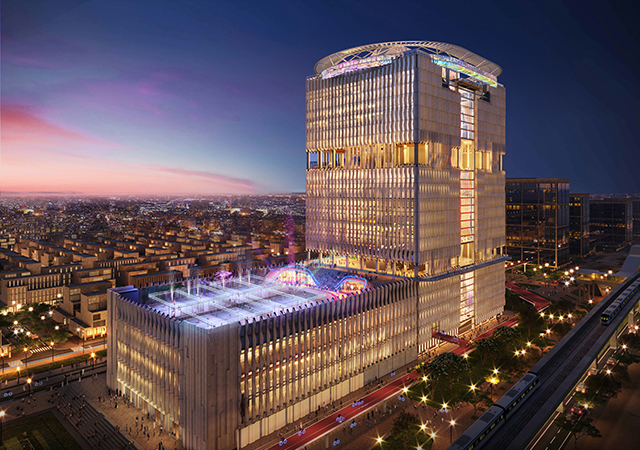
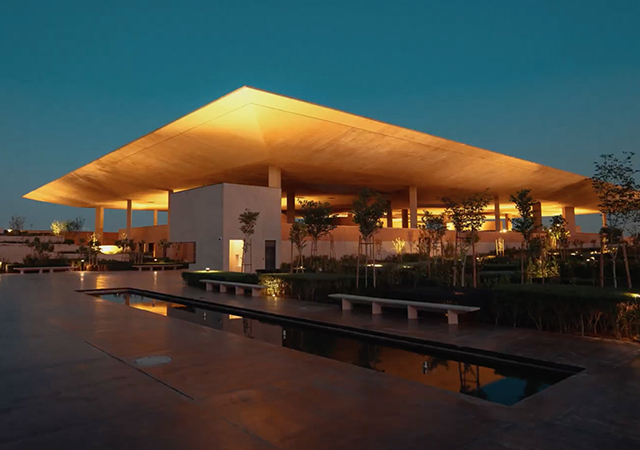
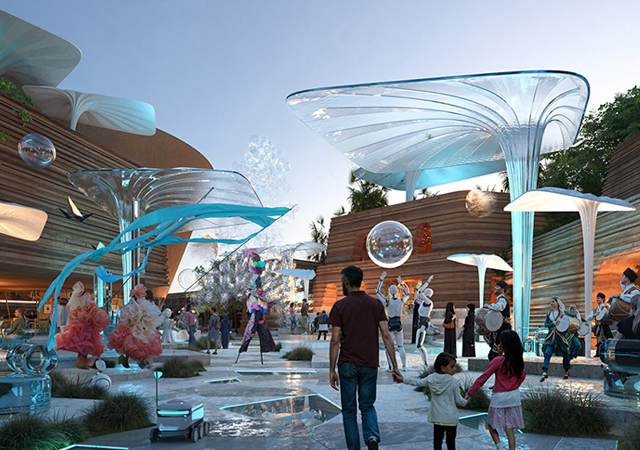

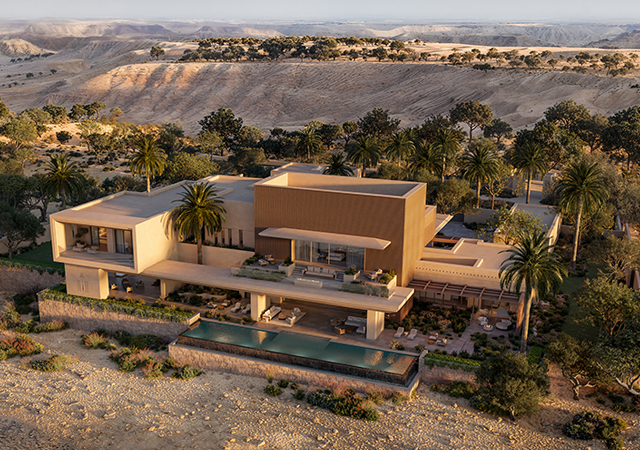
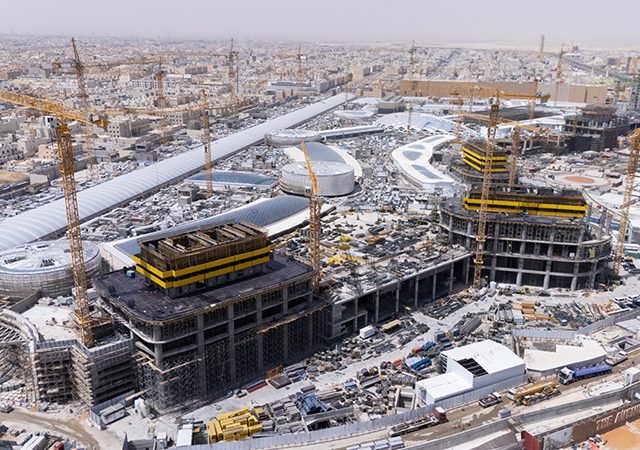
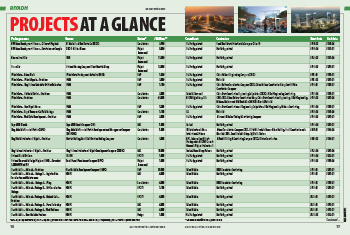
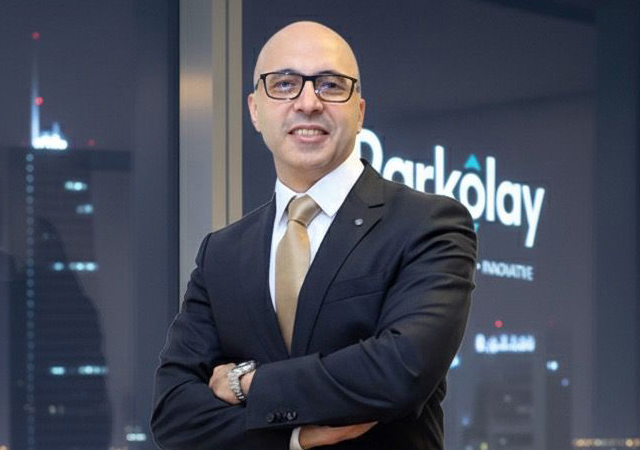


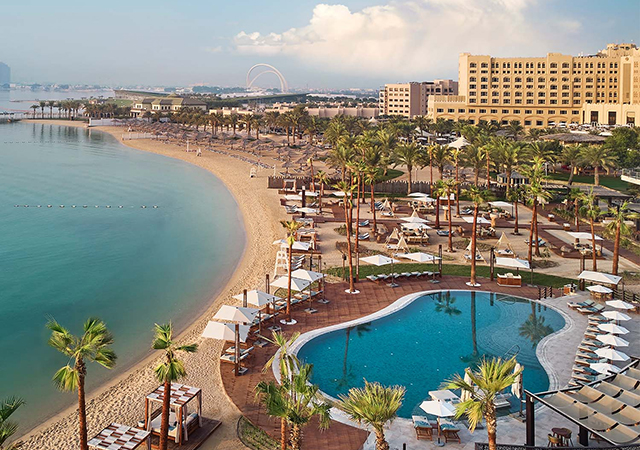
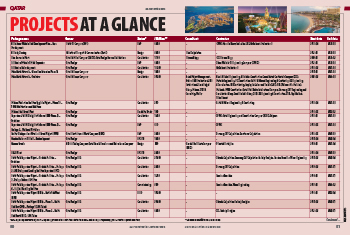
.jpg)
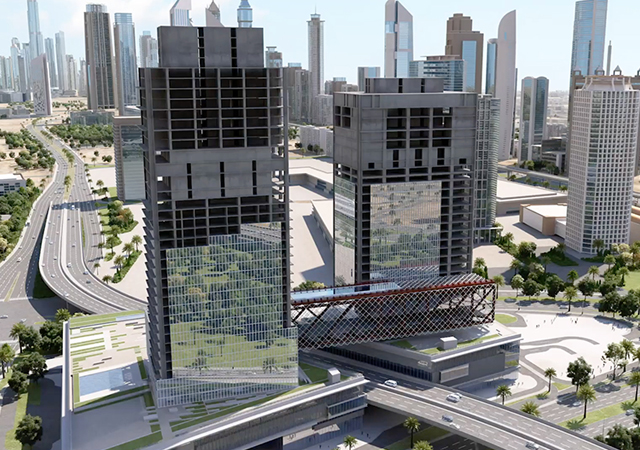
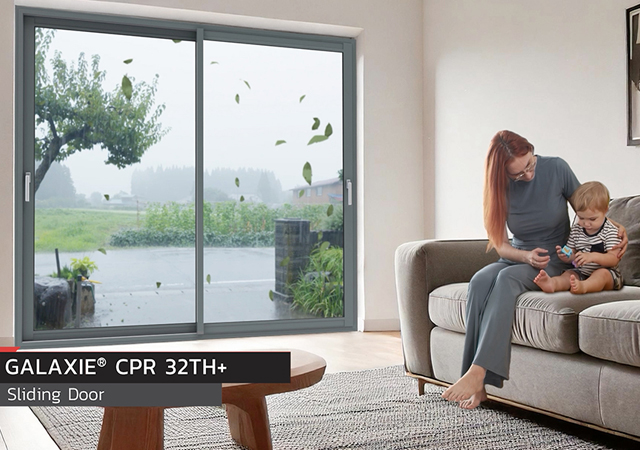
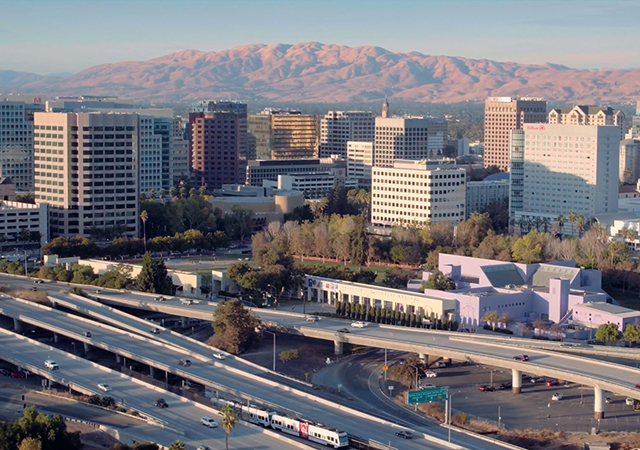
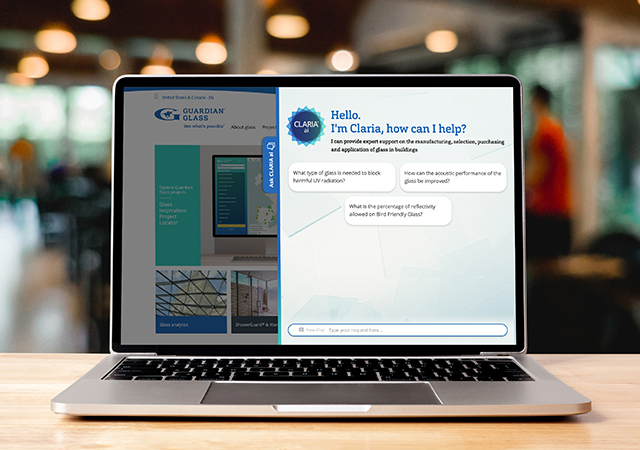

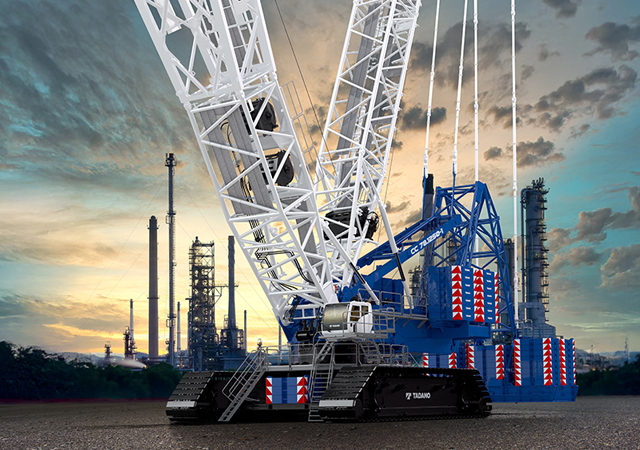
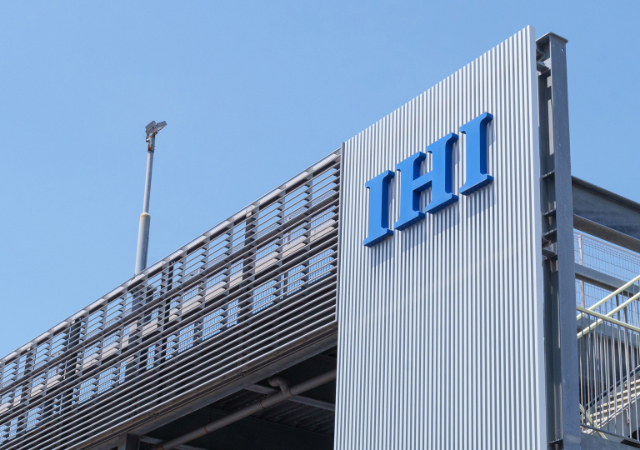

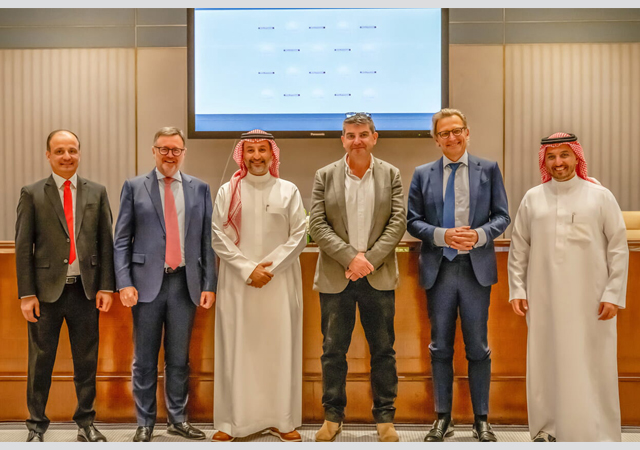

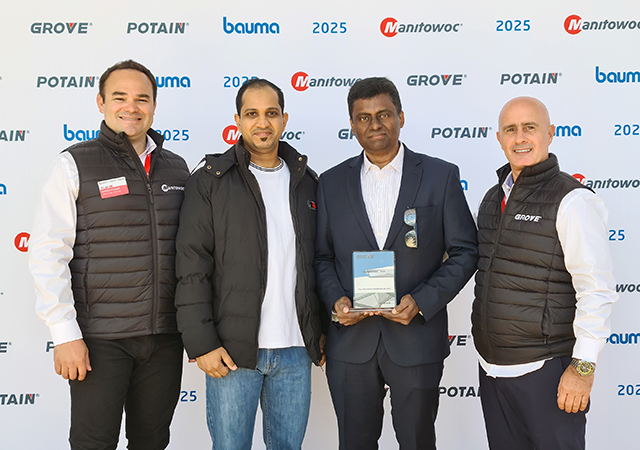
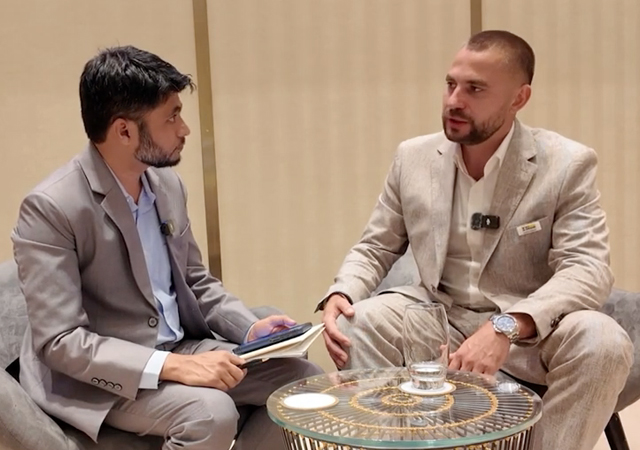
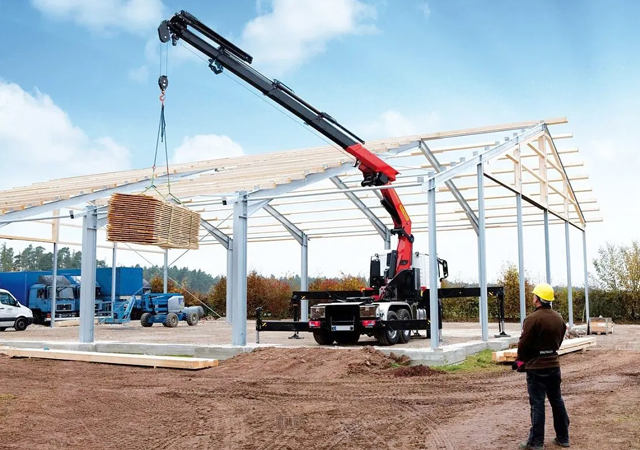
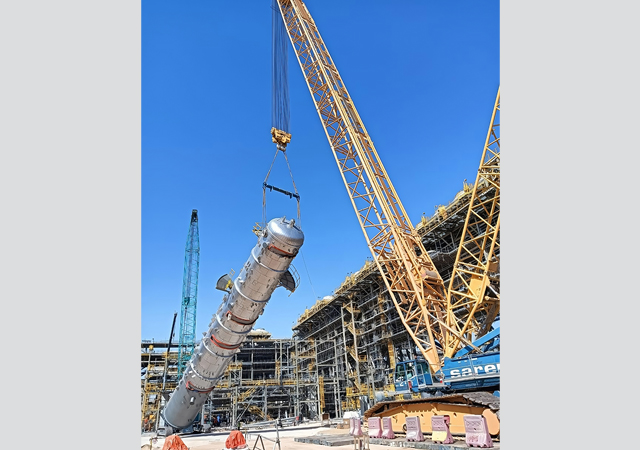
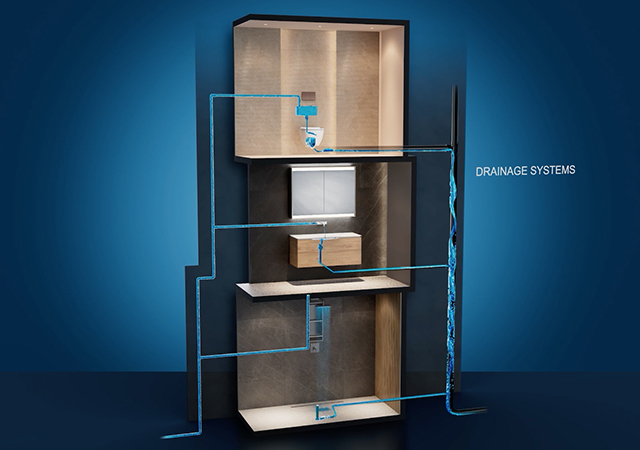
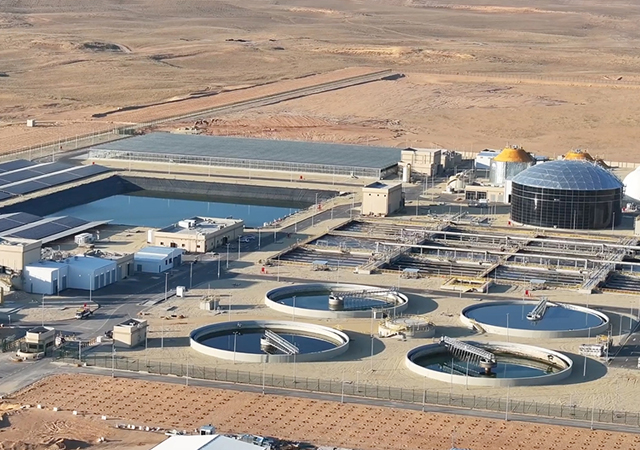
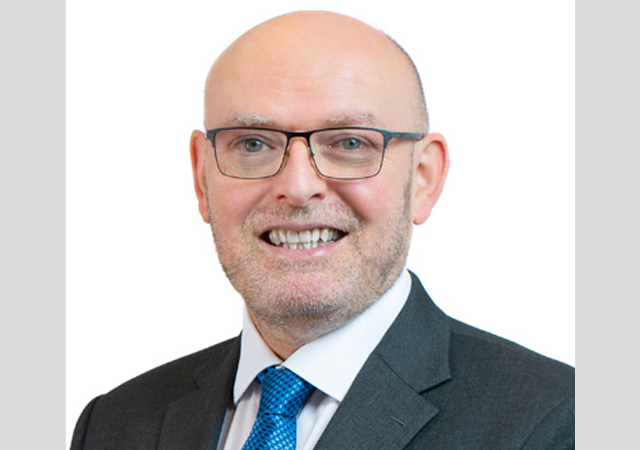
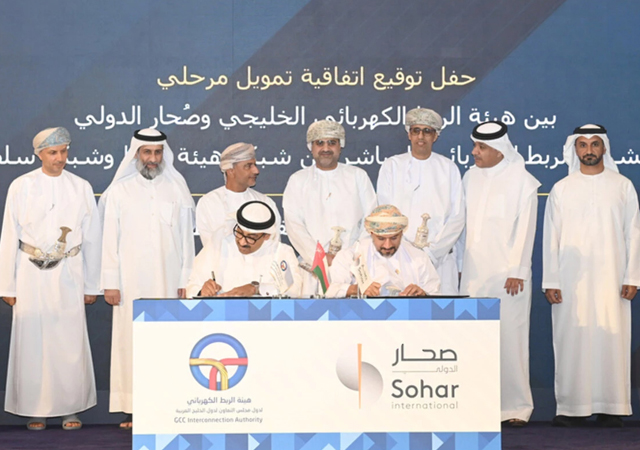
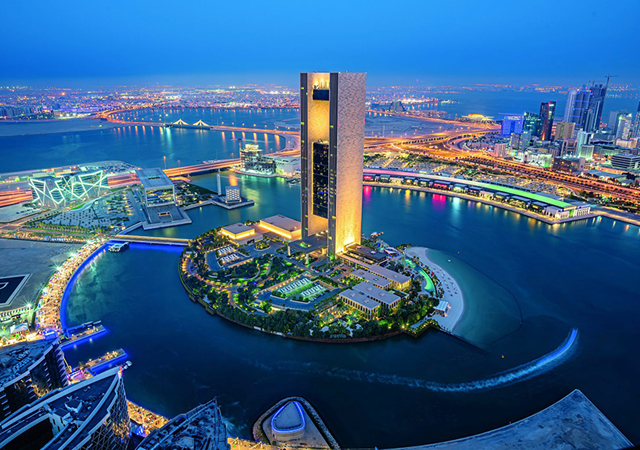
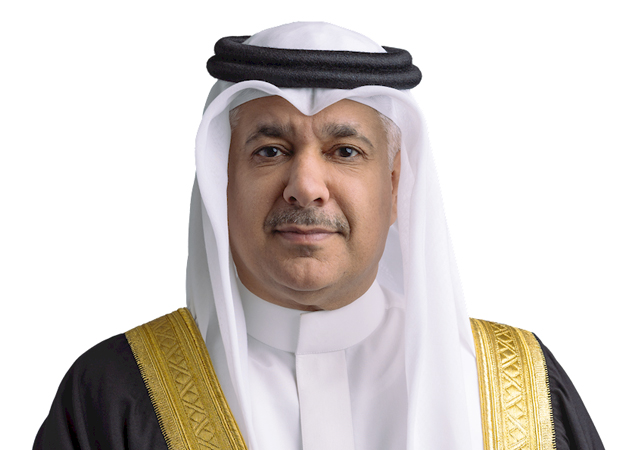



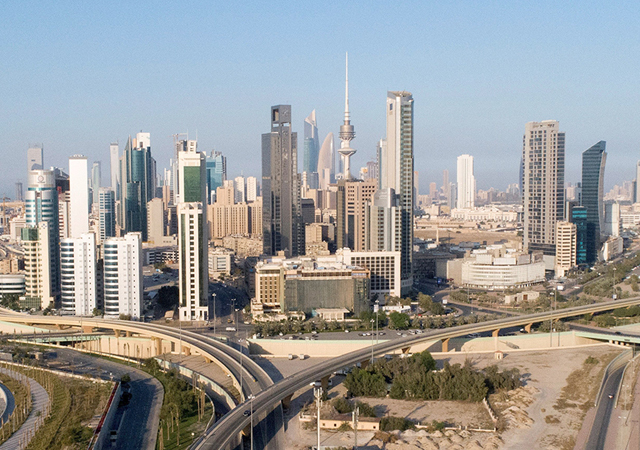
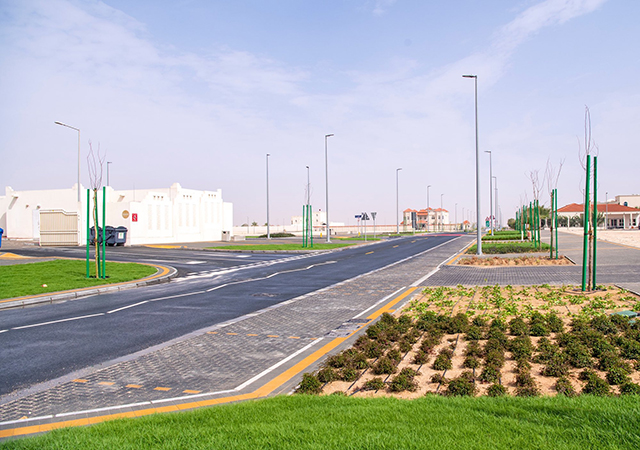

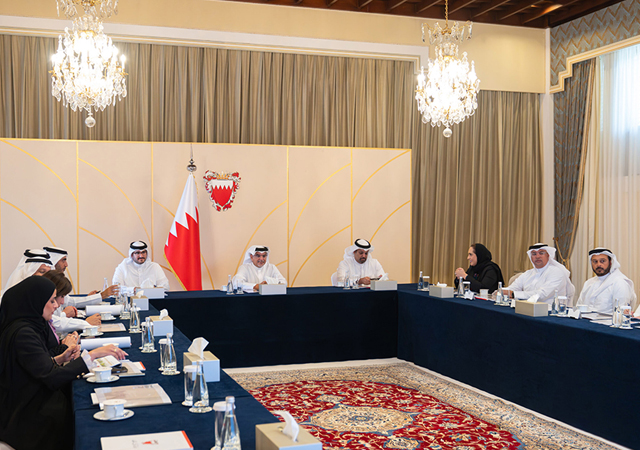



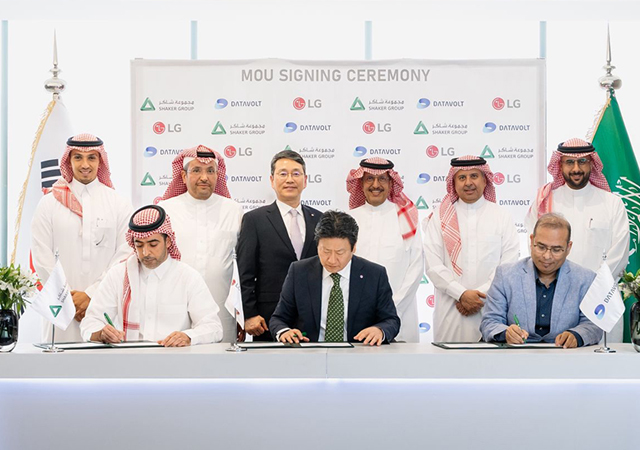
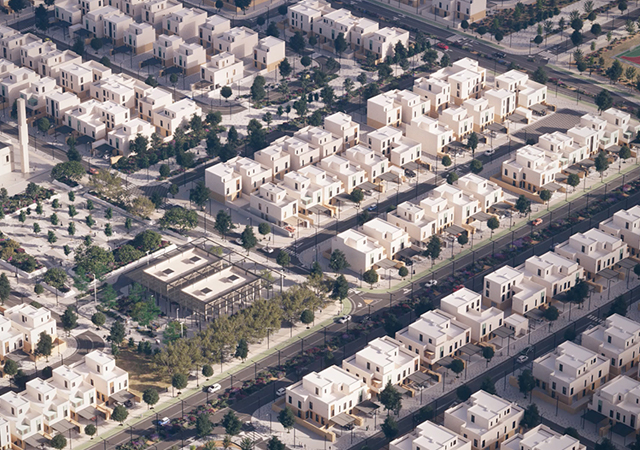
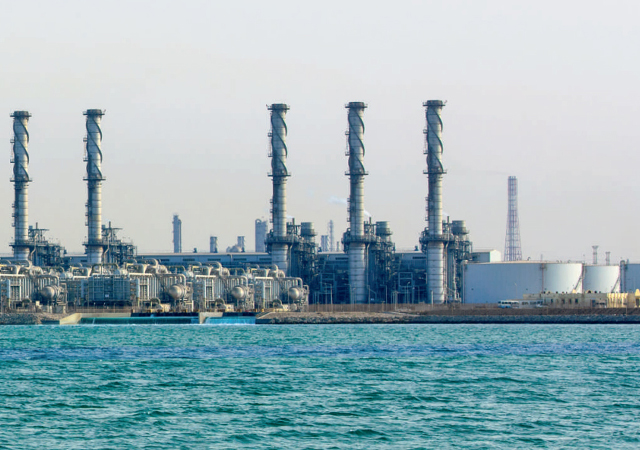
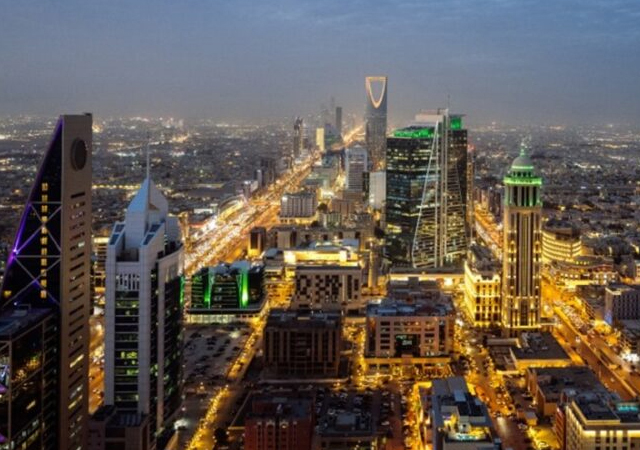
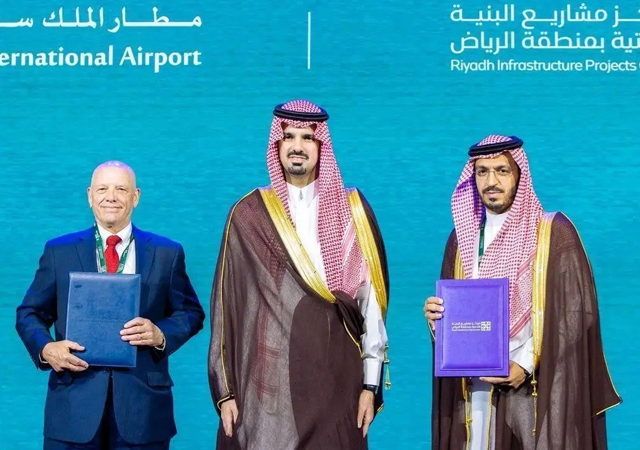
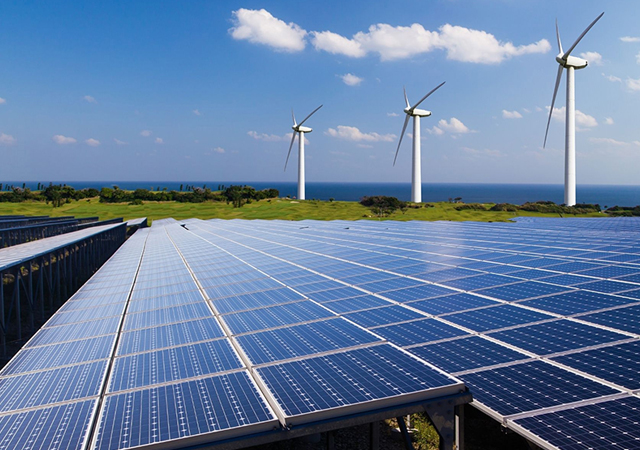
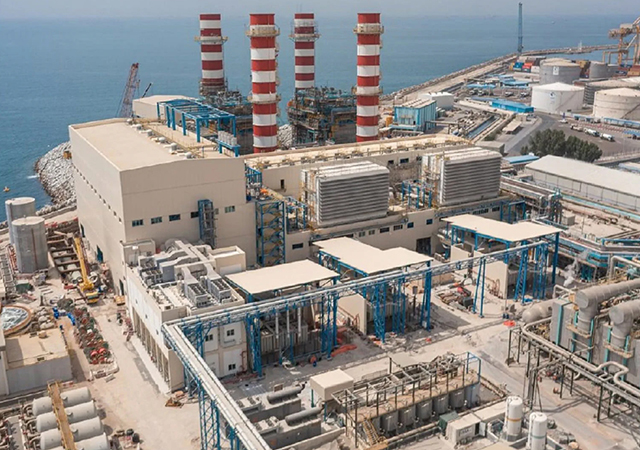


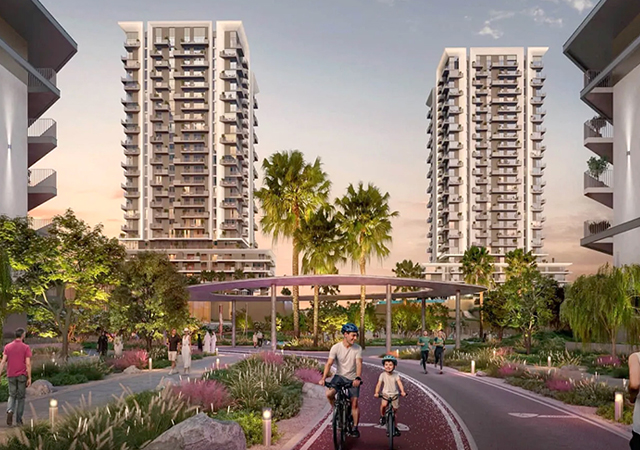
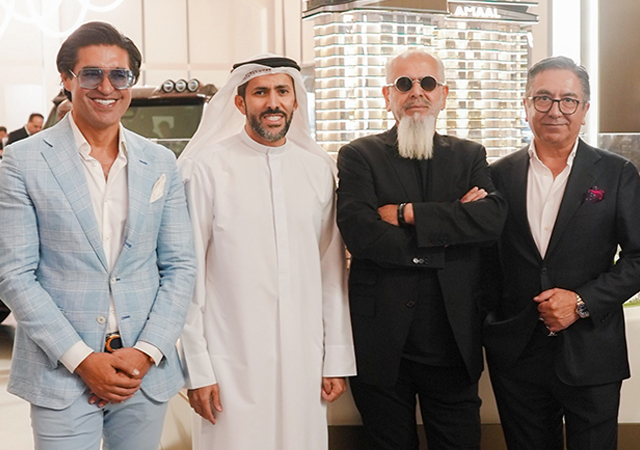
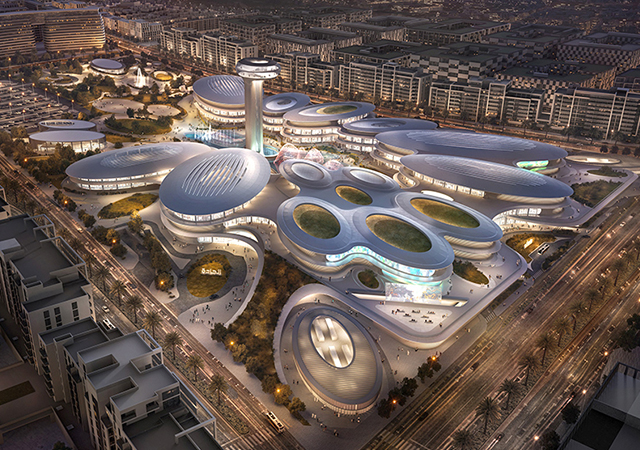

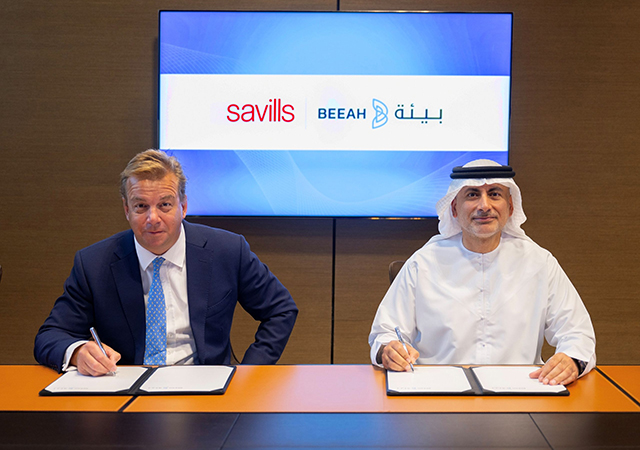
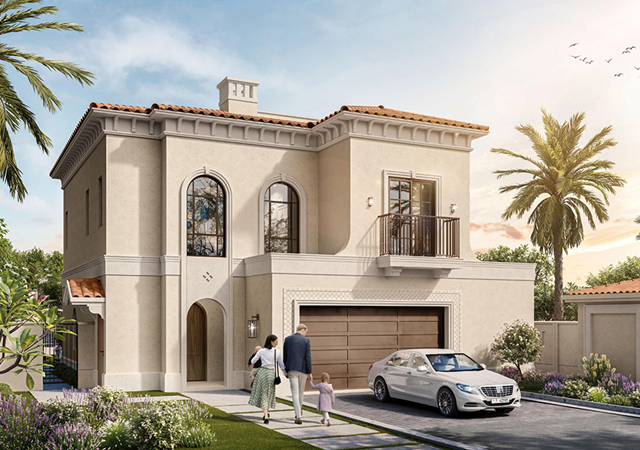
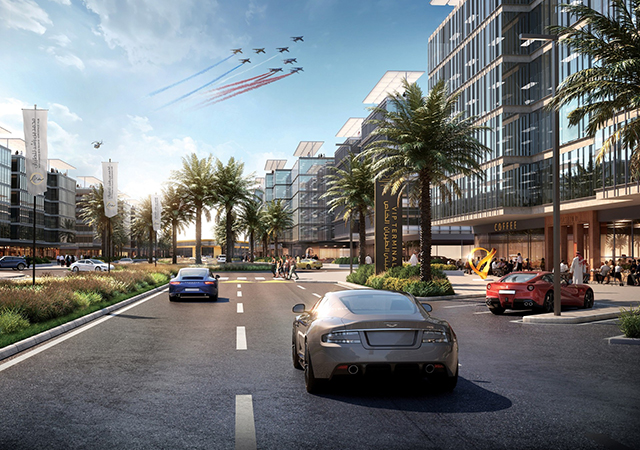

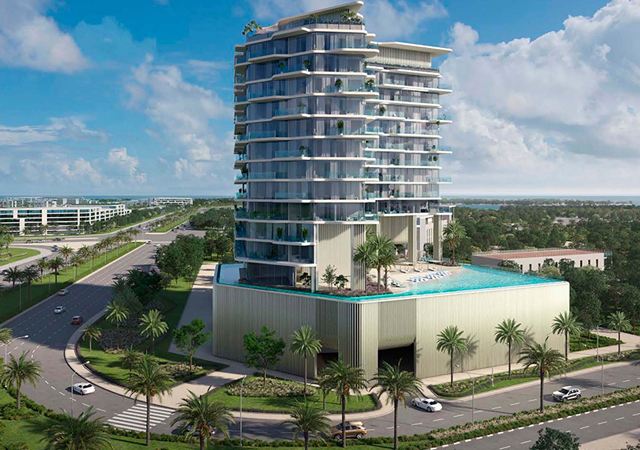
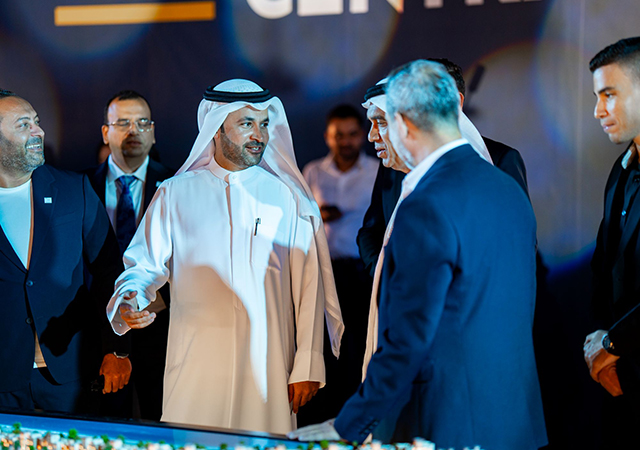
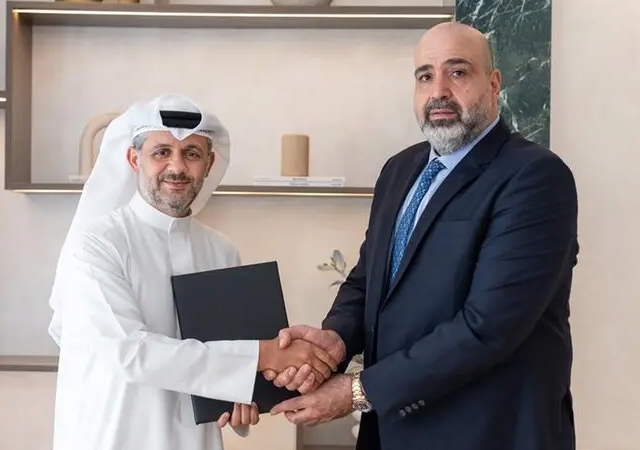
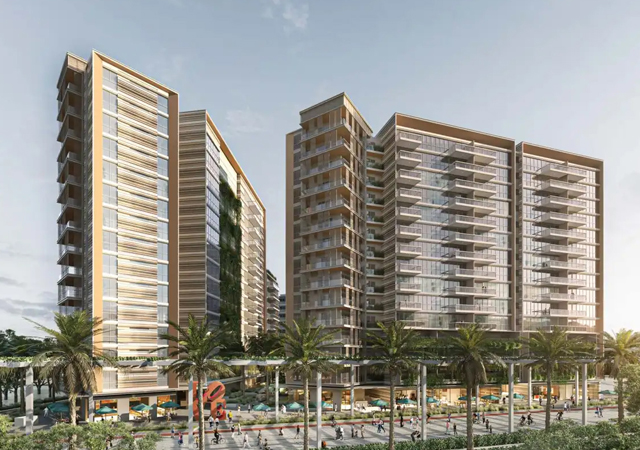
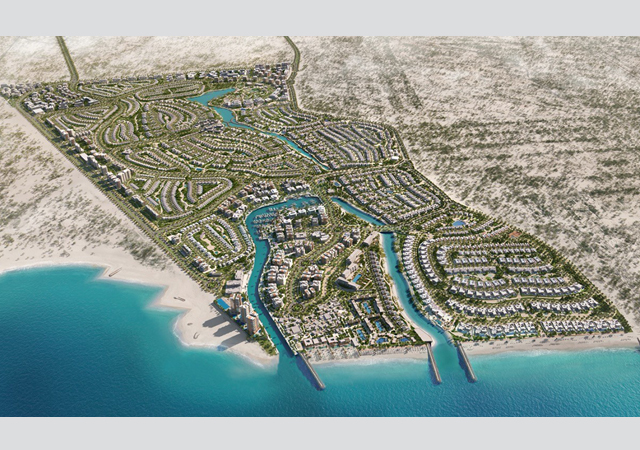
.jpg)
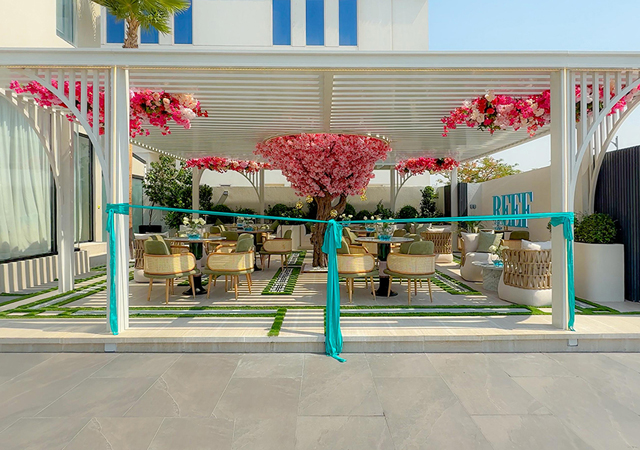
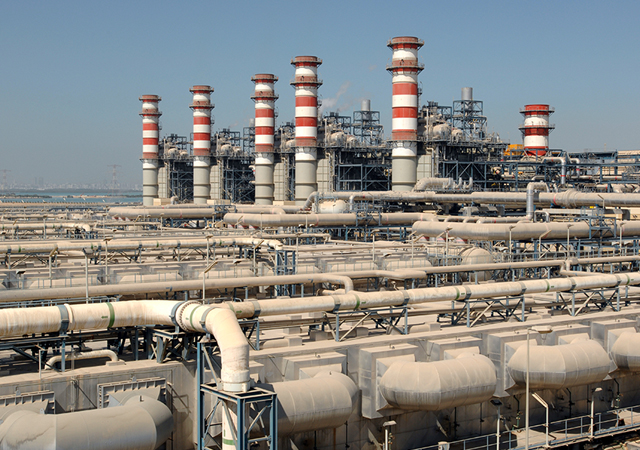
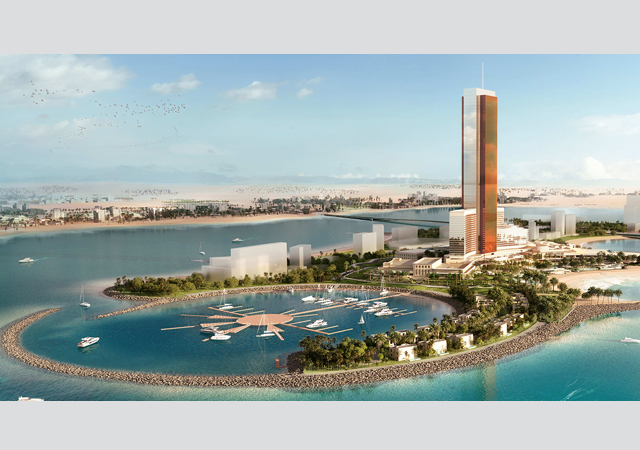
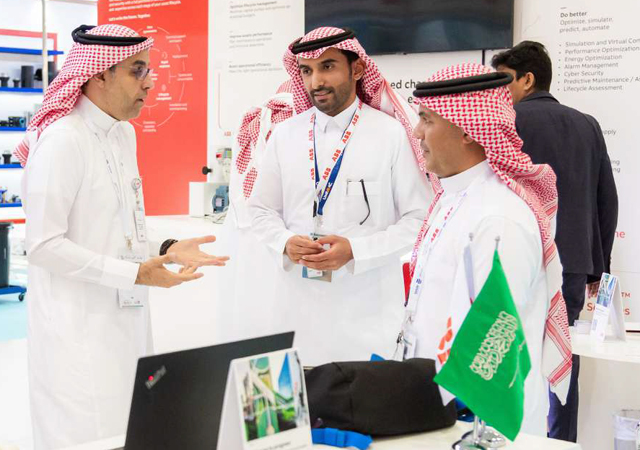
.jpg)

